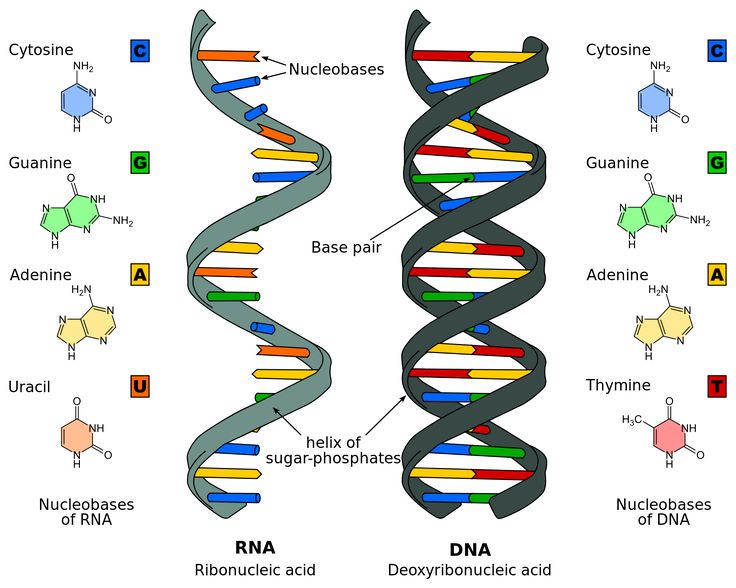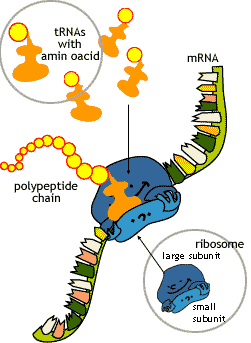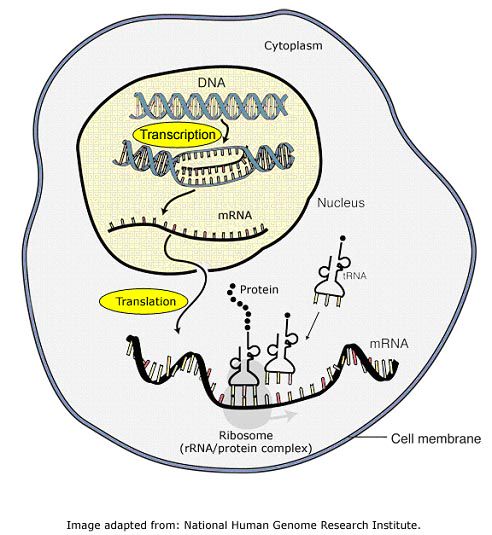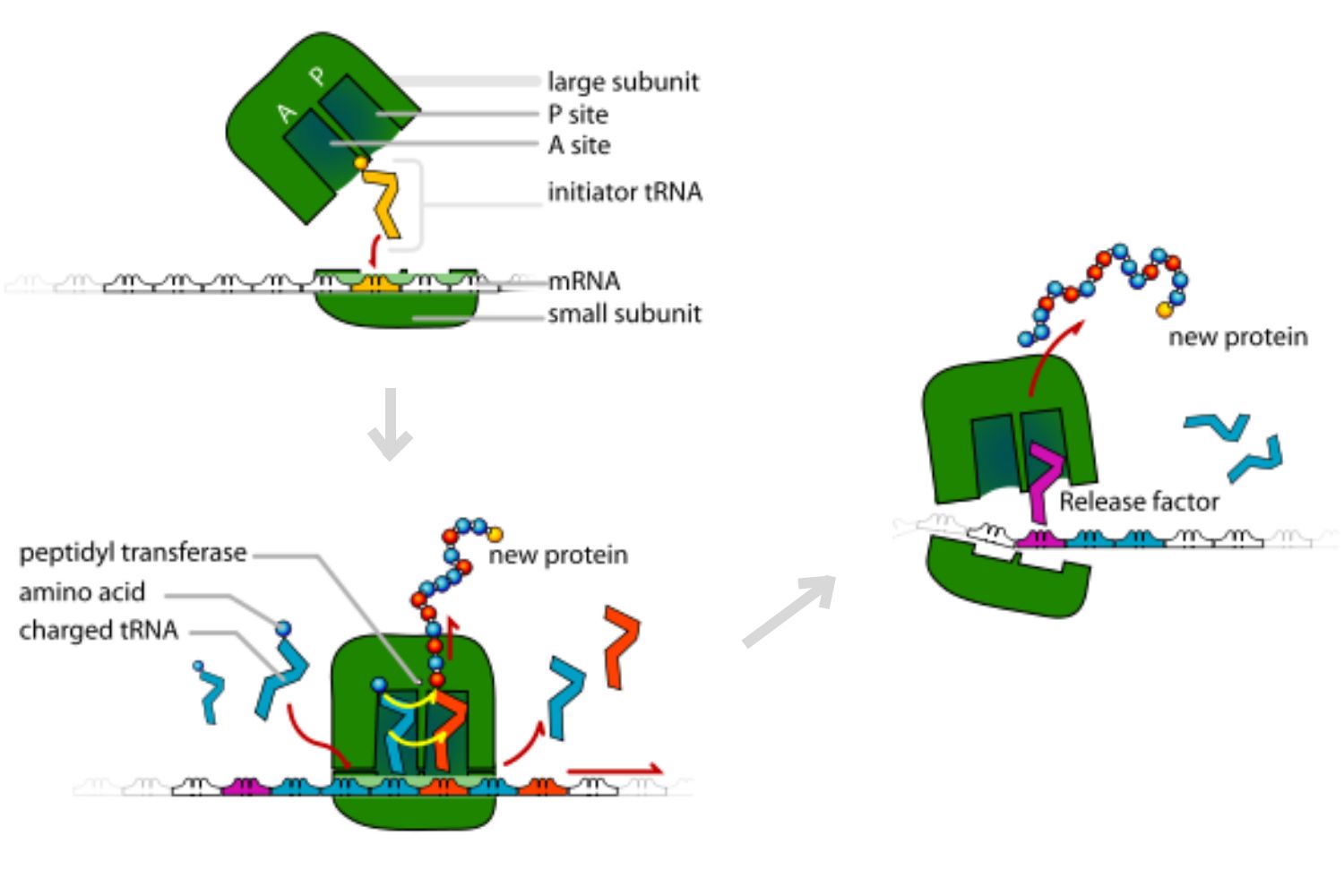How DNA works
How DNA works
Thanks to @EdwinJohnA for this subject.
I've talked about the structure of DNA and how it might have been created in space. However, it might help to understand how DNA actually works. This is a very complex chemical action that's hard to explain, but it's absolutely necessary to understand the role of DNA in cellular replication.

As you might know, biological cells reproduce by a splitting process called mitosis. This reproductive process allows cells to create exact copies of themselves, which means that the DNA is replicated by splitting into RNA, which is one half of a DNA strand. The reason why this is so important is because RNA functions as a template for synthesizing the protein molecules that make up most of our tissues. In other words, DNA is absolutely necessary for replacing the protein structures in our bodies. Without it we would die a lot sooner than we do. Obviously, when the DNA get scrambled by various processes, we do die. Some of this happens by end groups on DNA that only allow so many replications.

Okay, enough of that. Here in a nutshell is how it works.

Basically, the process is called protein biosynthesis. It's the way that cells make new proteins to replace the ones that are damaged or degraded. What happens is that a DNA strand is split into two RNA halves. It's called an unzipping process. Enzymes, such as RNA polymerase, which reads the DNA structure and causes the production of a messenger RNA strand, accomplishes this process. The messenger RNA is the workhorse of the DNA. It accomplishes the transcription that creates a protein molecule in the ribosome, the cell machinery that synthesizes proteins. It's a very complex process. I've included a diagram that shows the process. Essentially, transfer tRNA units collect amino acids and line them up along a messenger RNA, which then links them up using enzymes to make a protein molecule with the correct structure. These protein molecules are called polypeptides.


This process of lining up the various amino acids is accomplished because they fit into the appropriate RNA base units like a glove. In other words, each amino acid has a structure that fits with a specific base units of the messenger RNA.
Once you understand how this works, you will appreciate how important DNA is to life. One of the criteria for life is that it can reproduce. Without reproduction life is impossible. It doesn't matter if we're talking about a single celled bacteria or a complicated life like we humans. It's amazing how science has been able to unravel all of these processes. However, what's still remaining to be discovered is how DNA can be synthesized from chemicals in space, assuming that's how life was created.
Thanks for reading.
Bạn đang đọc truyện trên: Truyen247.Pro